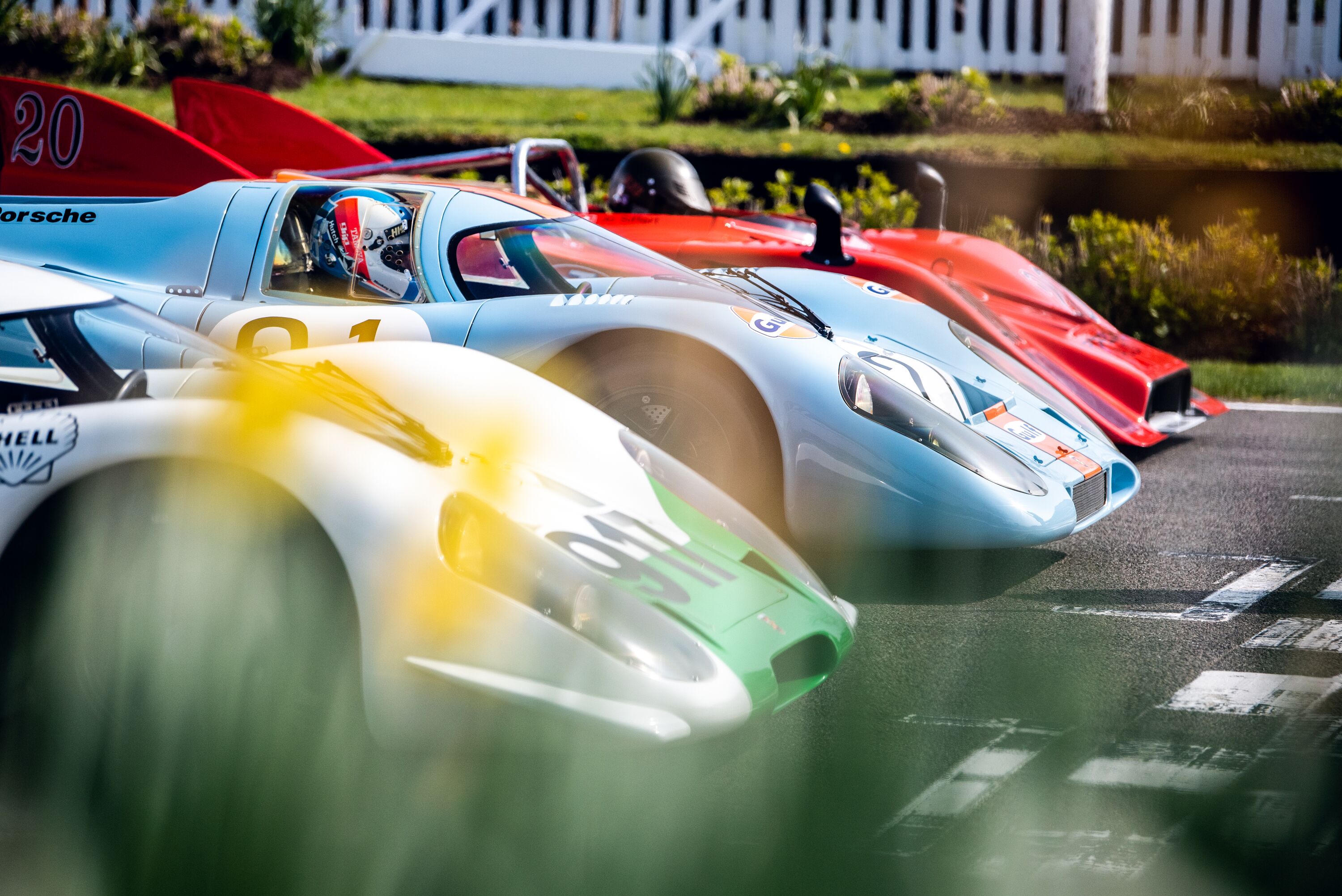John Simister: The best Lancia Delta isn't an Integrale Evo
 John Simister
John Simister
Don't meet your heroes, people sometimes advise. With cars, there are two stages to this. There are the cars you've always admired, maybe even lusted after, but didn't drive until decades after the desire had taken root. And they turned out be hopeless.
Then there are the cars you drove when they were new, and you thought them brilliant. Many years later you drive them again. Will they rekindle the flame, or have time and the recalibration of your own standards rendered the reunion ruinous?
In this job, I meet heroes of both sorts. A Porsche 911 Turbo, late-1970s vintage, was in the first category; I had driven many other 911s old and new, but that one had evaded me until late 2015. It looked the business but I couldn't bond with it at all. You could drive a whole day on congested roads and not even realise it had a turbocharger. Unless goaded it just felt flat, in dramatic contrast with a regular 911 SC of similar age. That's one to cross off the lust list, then.
For the same gathering of cars for a magazine feature, I drove a Lancia Delta HF Integrale, the original eight-valve version. This was a second-category hero, because back when it was new in 1988 I thought the four-wheel drive Integrale a wondrous machine: so adhesive yet so fabulously chuckable and throttle-steerable, with hardly any response lag to its searing, turbocharged pace.
I knew it would be good because I had already experienced its immediate ancestor, the Delta HF Turbo 4WD. The Integrale was really just one of those with an extra 20bhp, making 185, along with blistered wheel-arches to cover a wider track and some extra air vents. These Lancias, in the twilight of the marque's existence as a sporting proposition as well as a premium-ish one – when it still had a soul and a purpose, and the market-position clash with Alfa Romeo didn't matter – were built with rally homologation in mind, so inevitably they evolved to suit.
Shortly after the eight-valve came a 16V, its default torque split between axles now rear-biased instead the front bias of the original. It was one reason why it was a techier, more highly-strung drive, probably quicker in the right conditions and the right driver but not as friendly as the eight-valve. In the earlier car you and it were in the groove together; in the 16V, it was your wits against its wits.
Then the bodywork and wheels grew wider again, power eventually peaked at 215bhp, and in 1993 it all ended. The final Evo versions, most powerful and most aggressive of all and the least nimble to drive, are highly prized by those who assume they must be the best. Low-milers are sometimes offered for sale at six-figure prices. It's extraordinary, even allowing for all that World Rally Championship glory.
There's an emperor wearing new clothes here, in the same way, that less-exalted Integrales have too often had lower, stiffer suspension and large amounts of extra turbo boost inflicted on them: Too much of what the emperor-watchers regard as a good thing is no longer good. My memory always told me that, on the road at least, the original eight-valve Integrale, in standard factory specification, was always the nicest of the lot. Yet it has always been the cheapest because it's the least cool.
So, after a two-decade gap, I drove an eight-valve again. It was a high-miler and looked careworn, but its owner (who races) assured me it was fit. Oh, my. It was absolutely, stonkingly brilliant, even better than I remembered. It annihilated damp, sinuous roads with its quick, ultra-precise, ultra-feelsome steering telling me everything that was happening under the wheels. It was simultaneously stuck to the road and eager to flick wherever I wanted it to flick, it would even do a gentle drift under power in the friendliest, most confidence-inspiring way.

And that twin-cam engine revved and pulled, and the seats made me smile with their diagonal rainbow-stripe fabric, and the chaotic ergonomics didn't bother me at all, and I was in love again, only more so. This is one of the greatest dynamic pleasure machines ever made.
Trouble is, they're rather rare and rust can get to them, although not to the extent you might think. Really good ones are even rarer, and you absolutely don't want a right-hand drive conversion because it won't have the quick steering rack. They are, however, still cheap for what they are, a tenth of the price – or less – of an ultimate Evo version for what, to me, is a better car.
And now I see there's one coming up for auction at Brightwells in Leominster on March 8th, nine owners and 181,000km to its name but recently loved by a respected Maserati specialist. It's surely a good one, yet the auction estimate is just £3500-£5500 which seems ludicrously cheap. Someone is going to get an outrageous bargain, it seems – or will it actually sell for much more? We'll find out soon enough.
John simister
Lancia
Delta










